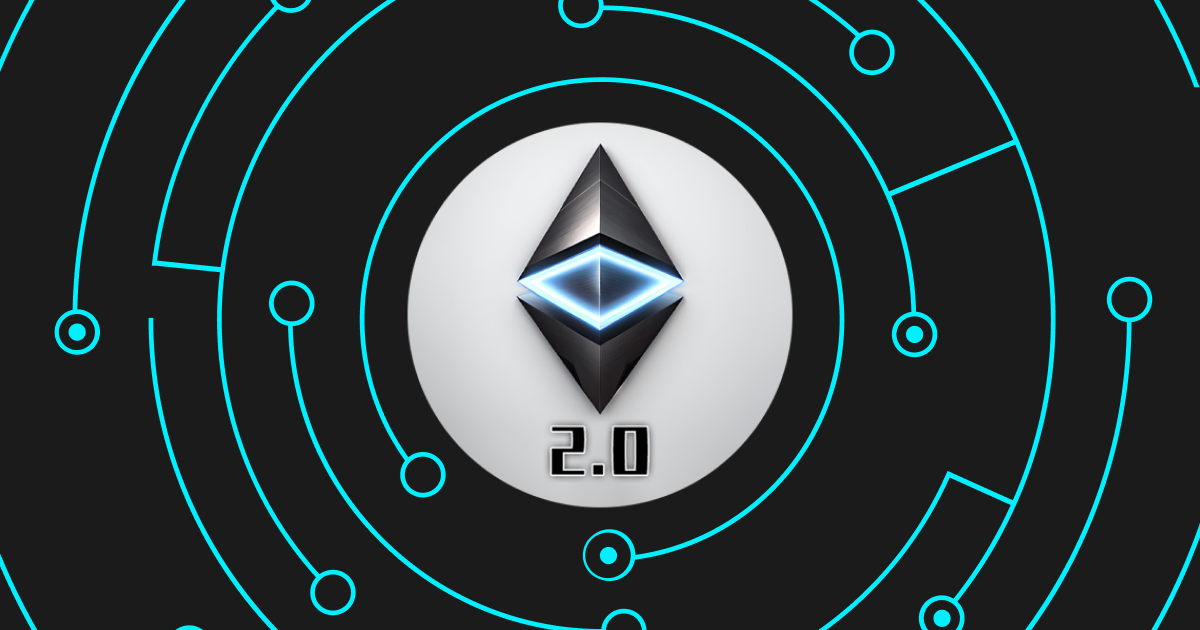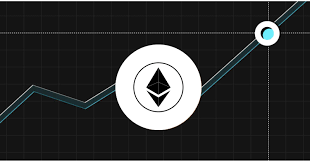
Securing the Future: Dive into Ethereum's Staking Mechanism with ETH 2.0
Ethereum has taken a significant leap towards a more sustainable, scalable, and secure network through its transition to Ethereum 2.0 (ETH 2.0). A central aspect of this transition is the shift from a Proof-of-Work (PoW) consensus mechanism to a Proof-of-Stake (PoS) model, a change that redefines Ethereum's operational framework. This article delves into the staking mechanism underpinning ETH 2.0 and why it's becoming synonymous with the term best staking crypto in the blockchain community.
Understanding Staking in ETH 2.0
Staking is a process where individuals hold and lock up a certain amount of cryptocurrency to participate in running a blockchain network. In ETH 2.0, staking entails depositing 32 ETH to activate validator software, which then allows you to partake in network operations such as storing data, processing transactions, and adding new blocks to the blockchain. Through staking, validators help maintain network integrity, and in return, earn new ETH as rewards.
The Transition to ETH 2.0
The transition to ETH 2.0 marks a significant shift from a mining model to a staking model, which commenced with the launch of the Beacon Chain. This phase enabled ETH holders to become validator nodes, staking their ETH to earn additional income. This paradigm shift aims at addressing scalability issues, enhancing security, and promoting sustainability within the Ethereum network.
Why Stake Your ETH?
Staking presents a win-win scenario; it's a public good for the Ethereum ecosystem, plus it offers individual benefits. By staking ETH, you contribute to network security, making it robust against attacks. At the same time it provides an avenue to earn rewards for actions that aid the network in reaching consensus.
Staking methods ETH 2.0
There are several avenues to stake in ETH 2.0, that provide various methods of staking:
-
Solo Home Staking: This method, considered the gold standard for staking, requires at least 32 ETH and a dedicated online computer. It provides full control and rewards but demands a certain level of technical acumen.
-
Staking as a Service: If dealing with hardware isn't your forte but still want to stake your 32 ETH, staking-as-a-service platforms come in handy. They handle the technical aspects while you earn block rewards.
-
Pooled Staking: For those who find the 32 ETH threshold high, pooled staking is an alternative. It involves 'liquid staking,' where an ERC-20 token represents your staked ETH, making entry and exit straightforward.
-
Centralized Exchanges: Many centralized exchanges offer staking services, providing an easy route for those not yet ready to hold ETH in personal wallets. However, this method has higher trust assumptions and could be less beneficial for the network's decentralization.
Closing Thoughts
Ethereum's transition to a PoS model through ETH 2.0 fosters a more sustainable and secure blockchain network. The staking mechanism not only offers validators a chance to earn rewards but significantly contributes to network robustness, earning ETH 2.0 a spot among the best staking crypto platforms, making Ethereum a top pick once more.
Feeling ready? Start your trading today with Bitget!
Disclaimer: The opinions expressed in this article are for informational purposes only. This article does not constitute an endorsement of any of the products and services discussed or investment, financial, or trading advice. Qualified professionals should be consulted prior to making financial decisions.




